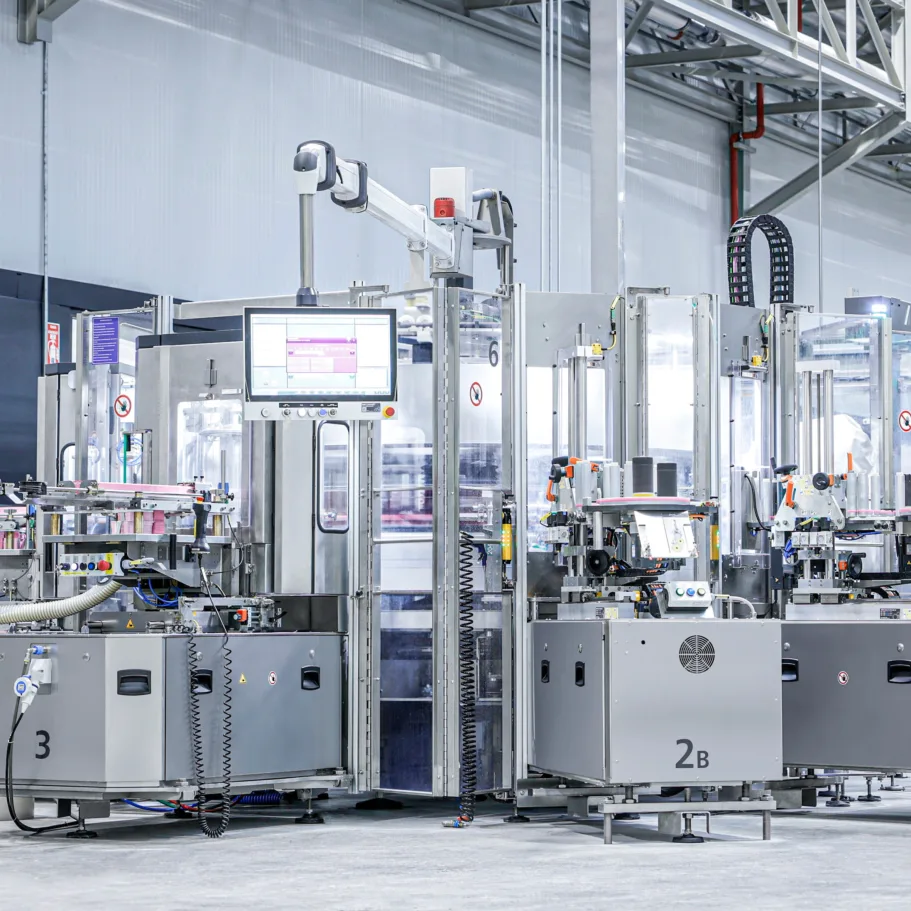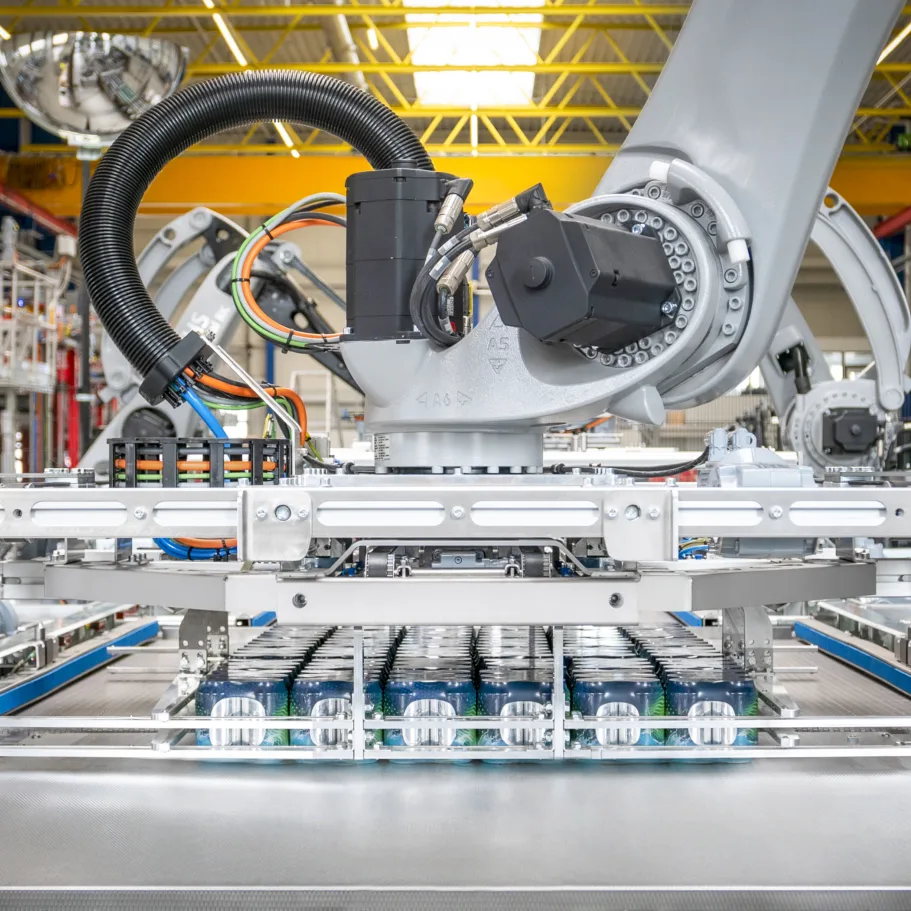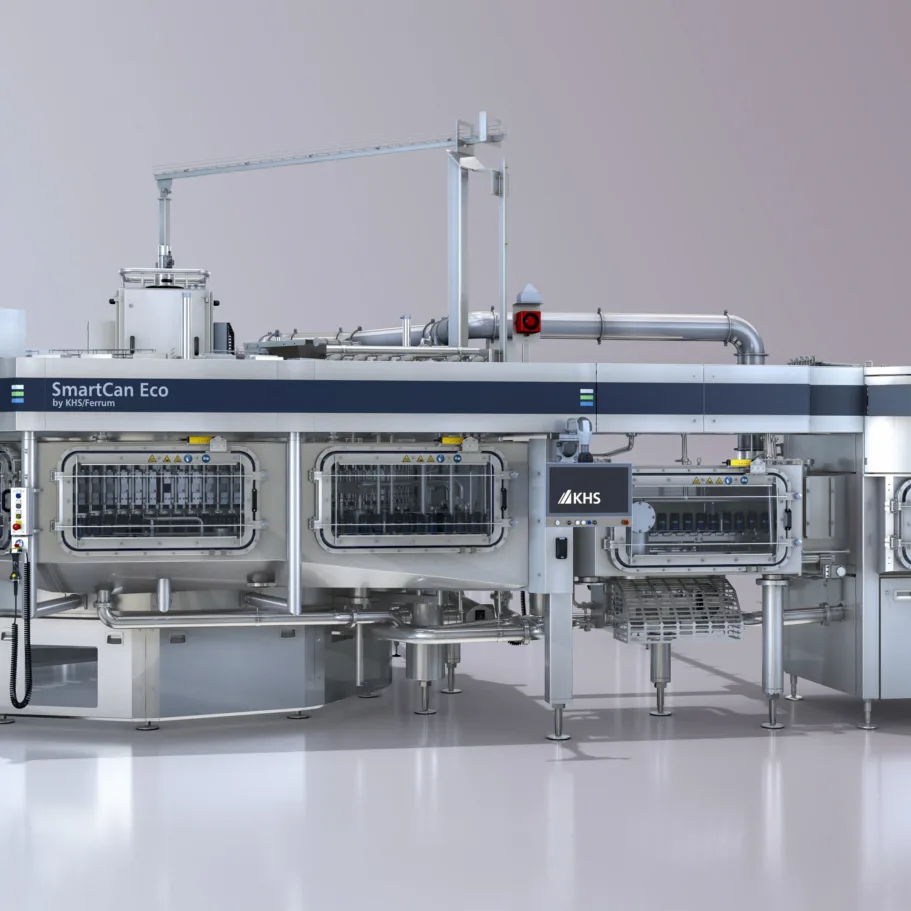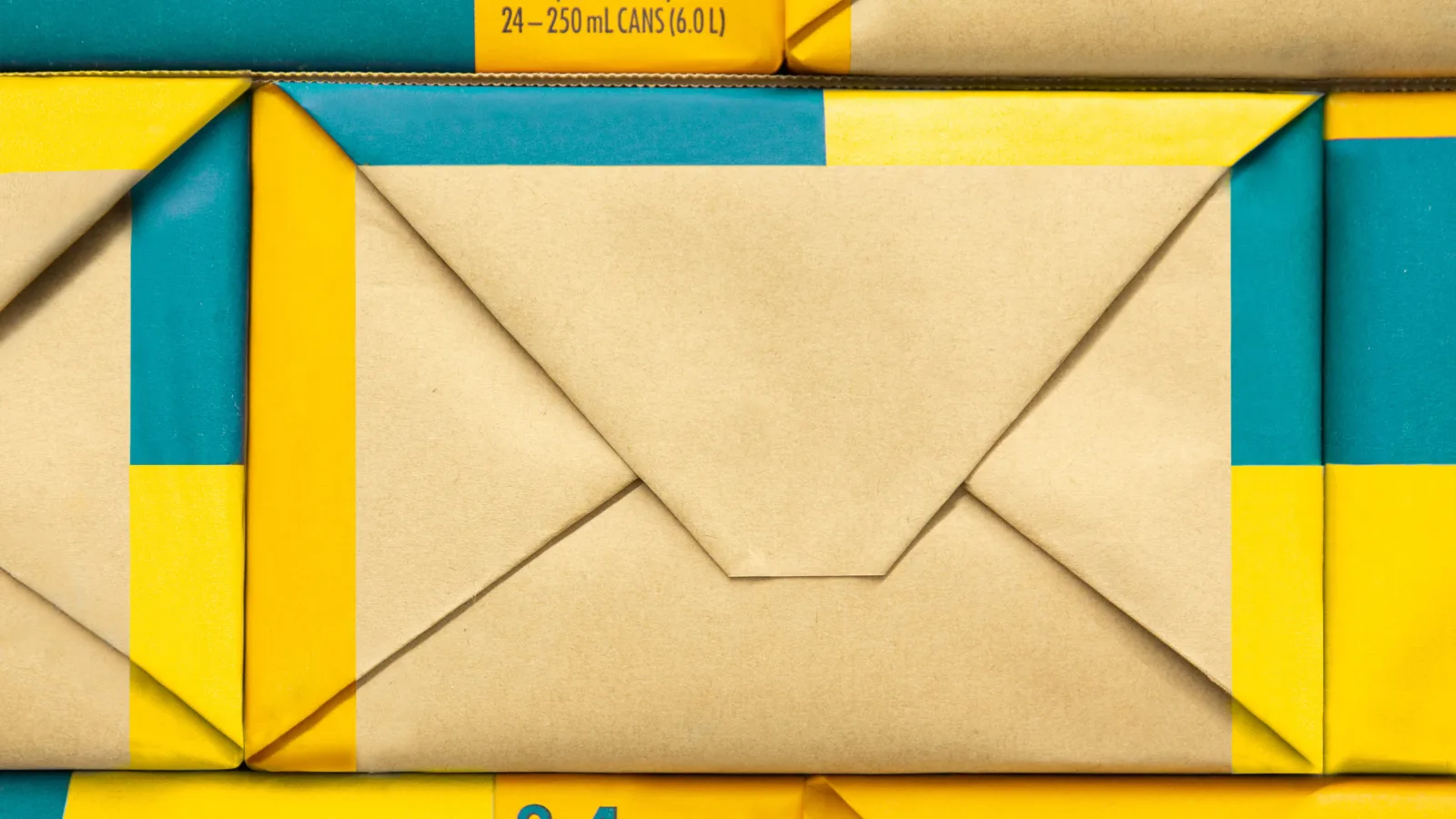
Plastic, cardboard or paper?
In ecological terms there’s no simple answer to the urgent question of which type of packaging is best. KHS is constantly working on assessing and further reducing the impact of its packaging systems on the climate and environment.
When discussing which packaging material has the least impact on the environment – and which the greatest – we often talk about ecobalance in conjunction with beverage packaging. One synonym for this is ‘life cycle assessment’ or LCA for short. This term just goes to show how complicated the issue is. By definition the ecobalance covers the entire value chain ‘from the cradle to the grave’, i.e. from the extraction of the raw material through manufacture and use to the disposal of the product and production waste. This is regulated by ISO 14044 – which would have us assume that we’re all talking about the same thing when the ecobalance is used to compare products. This isn’t the case, however, as demonstrated by the heightened emotions conjured up by this debate – these in turn down to the fact that hardly any consumer can know or keep track of all sides to this issue.
A recent study on the ecobalance of beverage packaging* goes to show just how complex this topic is: in analyzing the relevance of a form of packaging it reaches the conclusion that for all beverages apart from mineral water the production of the beverage itself has a far greater negative effect on the environment than the actual packaging. Merely examining the packaging without its content thus falls short of the argument. Another realization centers on the private transport of our shopping: this leaves a much larger environmental footprint than the purchased beverage packaging. Those who want to protect the environment do so most effectively by leaving their car at home when they go to the supermarket.
* Carbotech on behalf of the Swiss Federal Office for the Environment (FOEN), July 2014
»All packaging material must circulate in a closed loop – whether this be paper, cardboard or plastic.«
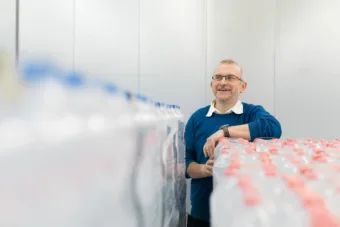
Packaging product manager, KHS
The cucumber example
One man who knows how much confusion there is above and beyond the norm regarding the limitations of such studies is Karl-Heinz Klumpe, packaging product manager for KHS in Kleve, who cites a popular bone of contention: the film-wrapped cucumber. “I read recently that this is carbon neutral,” he reports. “I could hardly believe it at first but the line of argument was that a cucumber wrapped in film stays fresh for much longer. Fewer cucumbers are therefore thrown away. This means that fewer vegetables have to be grown, in turn cutting down on emissions. As a result, the packaging then really is carbon neutral.”
Interest greater than knowledge
In relation to the beverage industry Klumpe observes that there are hardly any binding standards stipulating which aspects should be covered by a study and where the boundary is to be drawn. He has noticed that the until now particularly emotional debate on plastics is becoming more factual and discriminating – but it will take time before all of the stakeholders are on the same level. For instance, 92% of consumers in Germany are interested in the packaging yet 53% don’t feel they have access to (sufficient) information.** Small wonder, then, that every second German consumer is unable to distinguish between a returnable and a non-returnable bottle.*** As if this wasn’t complicated enough, new, supposedly ‘more ecologically-sound’ plastics are adding to the general sense of confusion rather than serving to meet the various challenges (see the box entitled ‘Organic or what?’).
** The German Packaging Institute, June 2018
*** Survey carried out by TNS Emnid on behalf of nature conservation association NABU, 2017
Bearing all this in mind, how can KHS help its customers to produce packaging which has as little impact on the environment as possible? “The most important thing is to create a closed loop – regardless of whether paper, cardboard or plastic is used as the packaging material,” Klumpe emphasizes. “Besides materials being recycled whenever possible and where this makes sense, energy consumption must also be reduced in the long term. In doing so, we must remember that recycling also uses energy.” In order to develop packaging systems and solutions which have an ever lower impact on our climate and environment, all those involved must work together – something more and more companies are starting to become aware of. In constant dialog with film and cardboard manufacturers, engineering companies, the beverage industry and the retail trade new ideas are evolving as to how we can cut down on the amount of packaging we use. The big global players and small, creative startups are all making a contribution here. One example of this is the notion of forming packs of cans using cardboard holders instead of plastic rings.
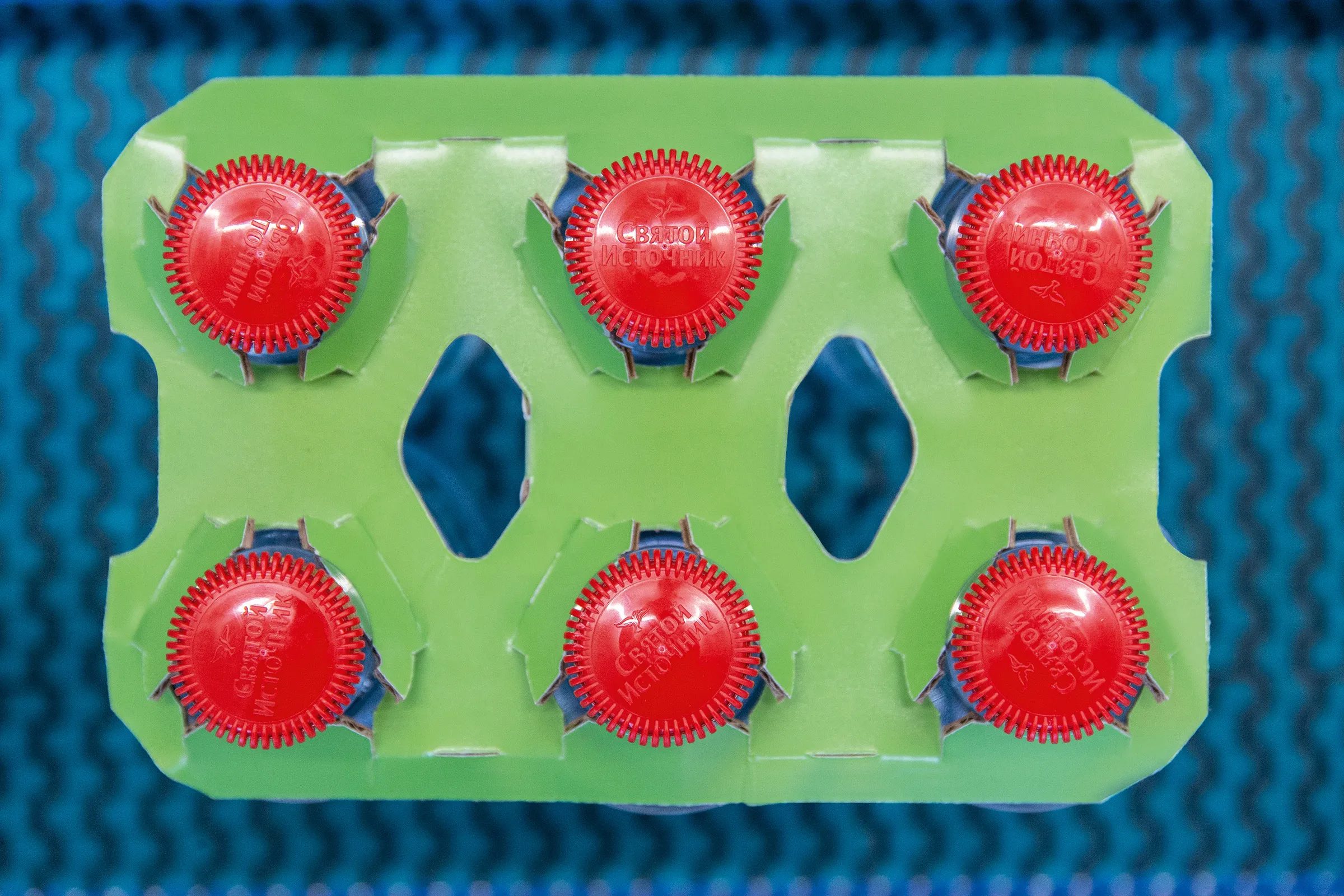
A combination of cardboard flaps bent in alternate directions turns the individual bottles into stable packs of six.
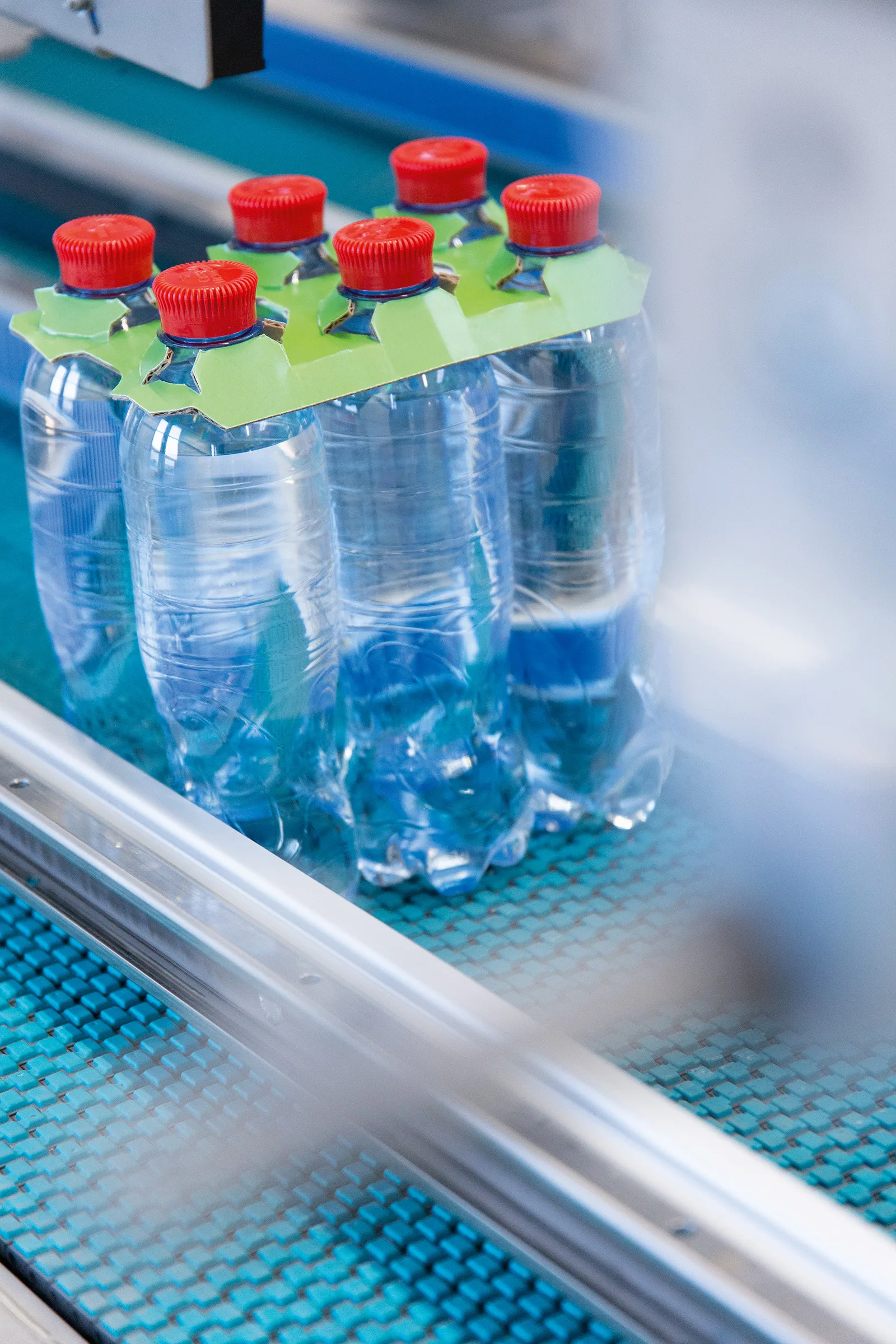
Less is more: based on the well-known can ring, the cardboard six-pack carrier for PET bottles is a real packaging innovation.
‘Green' plastic: Organic or what?
When we now talk about bioplastics, we’re either referring to biobased or biodegradable materials. With biobased plastics – usually PET and PE for the packaging sector – agricultural products such as sugar cane, corn and potatoes are processed to yield basic chemical materials and integrated into the production of conventional plastics. At the moment biobased plastics make up around 1% of the total plastic manufactured throughout the world. They are viewed critically mainly owing to the industrial conditions in which the raw materials are cultivated and because the high growth rate is further increasing the shortage of arable land worldwide. The biodegradable plastics used in refuse bags and food packaging such as yogurt cups can but must not necessarily be biobased. A specially developed European label stipulates that 90% of the plastic has to have decomposed at a temperature of 60°C within twelve weeks. At most composting plants waste only rots for about four weeks, however – a longer period is not economically viable. As a consequence, most of the degradable plastics used in Europe end up at a waste incinerating plant. Conclusion: from an ecological point of view ‘organic’ plastics merely circumvent the problem and distract us in our search for genuine solutions.
Worldwide change
“Alternatives to plastic packaging are being discussed the world over with varying degrees of intensity,” Klumpe notes. “Issues that have a high priority in some areas of Europe are assigned a less important role in other corners of the globe. This will probably change in the foreseeable future.” Such as in China, for instance, where since 2018 the amount of plastic waste imported has been cut from 600,000 metric tons a month to 30,000 by an actual ban on imports. Optimizing packaging systems and solutions and thus saving on materials and energy has always been one of KHS’ core areas of expertise. As part of its Green Line concept the company’s developers are thus busy implementing the following systems, among others:
01 – Nature MultiPackTM
The tried-and-tested Nature MultiPack™ is a system that entirely does away with shrink film by holding the containers firmly together with easy-to-remove dots of adhesive. All that’s needed is a carrying handle. The system is in extremely successful use as the Carlsberg Snap Pack and by Evian; additional adaptations are currently in preparation in Belgium, France and Oceania. Although KHS first presented the innovation back in 2013, it’s still being treated as an absolute novelty by the industry. “We of course need to use all our powers of persuasion when encouraging our customers to switch systems, even though our arguments quickly show that from an ecological standpoint there’s no alternative to the Nature Multi Pack™ at the moment,” Klumpe explains.
02 – Micro-corrugated cardboard
As a rule, corrugated cardboard is much easier to recycle than solid cardboard as it contains a much higher percentage of fibrous materials and is lighter than the latter. Micro-corrugated cardboard, where the ridge is only about one millimeter high, provides greater stability and with its lower weight is easier to process on machines than solid cardboard. As the cost of paper is calculated in weight, it also saves money; furthermore, it reduces the carbon footprint by up to 10%.
03 – Paper wrapping machine
One relatively new project is a machine which wraps beverage cans in paper – even if the first tentative steps in this direction were taken 20 years ago. “This is so retro that it could perhaps become a trend,” smiles Klumpe. This pack format is to replace the shrink film as a means of transporting packs of 12 or 24. “We’ve just brought the first trials to a successful conclusion together with an international beverage producer. We’re currently working on achieving an output of up to 90,000 cans per hour.” It’s important that the paper isn’t too smooth otherwise the packs could slide around on the pallet. It must also be ascertained to which extent the market is prepared to bear the cost for paper which may be higher than that for film packaging.
04 – Film made of recycled PE
Concerning shrink film made of polyethylene (PE), there are basically three areas where optimization could make the packaging more ecofriendly: material savings, reduced energy consumption and recycling. “We’ve gone as far as we can regarding the film thickness,” says Klumpe. “In Europe we’ve already used films just 24 microns thick. Anything thinner than this either can’t be processed or is so expensive that it can’t be enforced on the market.” By way of comparison, China uses films with a thickness of between 80 and 100 microns as the extremely long transportation distances and shipping conditions don’t tolerate the use of a thinner material. There’s also very little room for further optimization on machines regarding energy savings, according to Klumpe. “We’re talking to film manufacturers and conducting our own experiments to try and find film which consumes less energy in the shrink process.” That leaves recycling. “Unfortunately, we only have a limited amount of influence here,” he claims. “It’s our customers who primarily have to talk to the film manufacturers as they’re their direct clients. It’s our job to ensure that the materials can be technically processed on our machines. Here, we’ve already processed film made entirely of recycled material with very good shrinking properties.” However, as the experienced product manager knows, here, too, the demand far exceeds the supply. As a result recycled PE (still) costs more than new material.
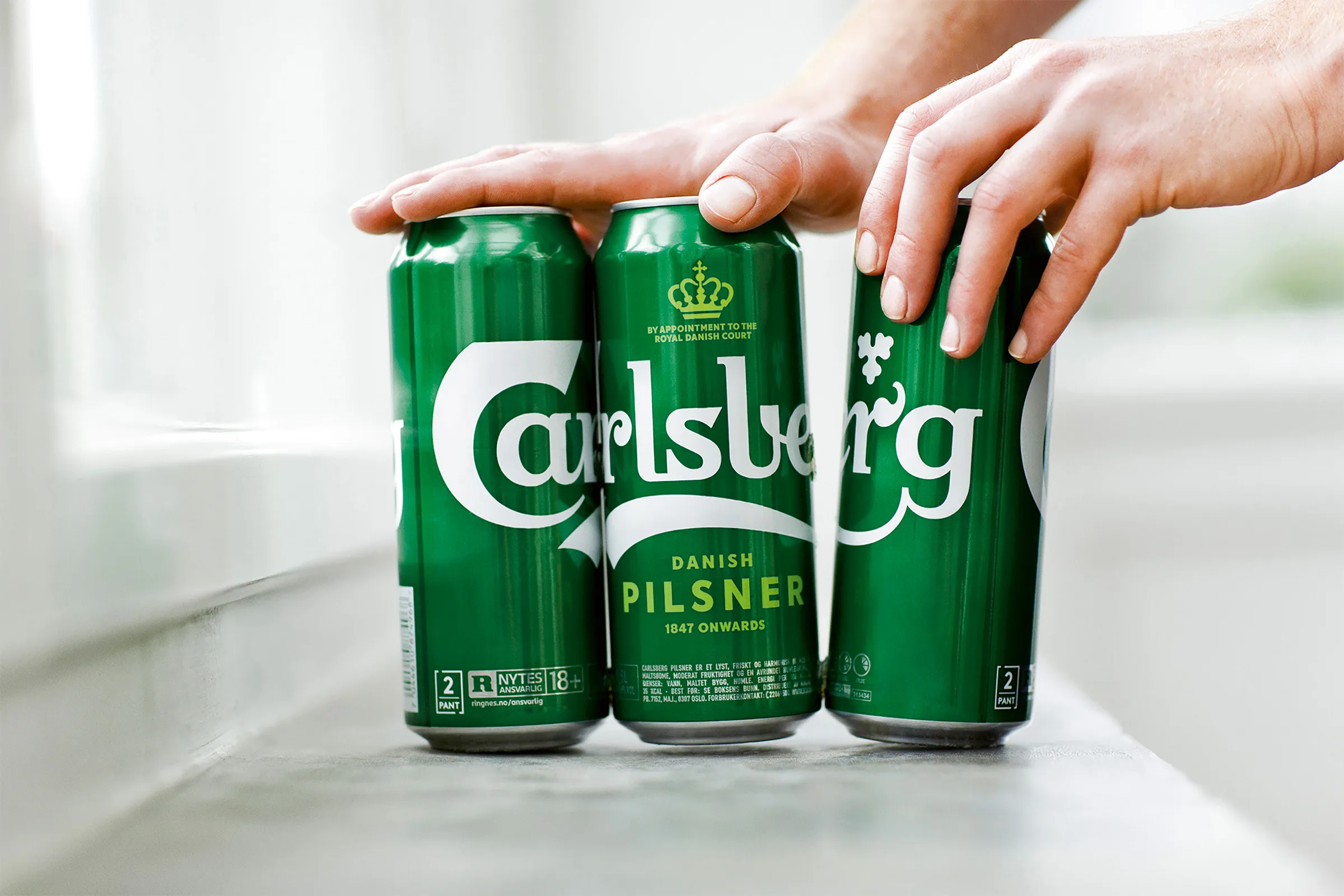
In switching over to the Nature MultiPack™ packaging system the Carlsberg Group can save up to 76% in packaging – that’s more than 1,200 metric tons a year.
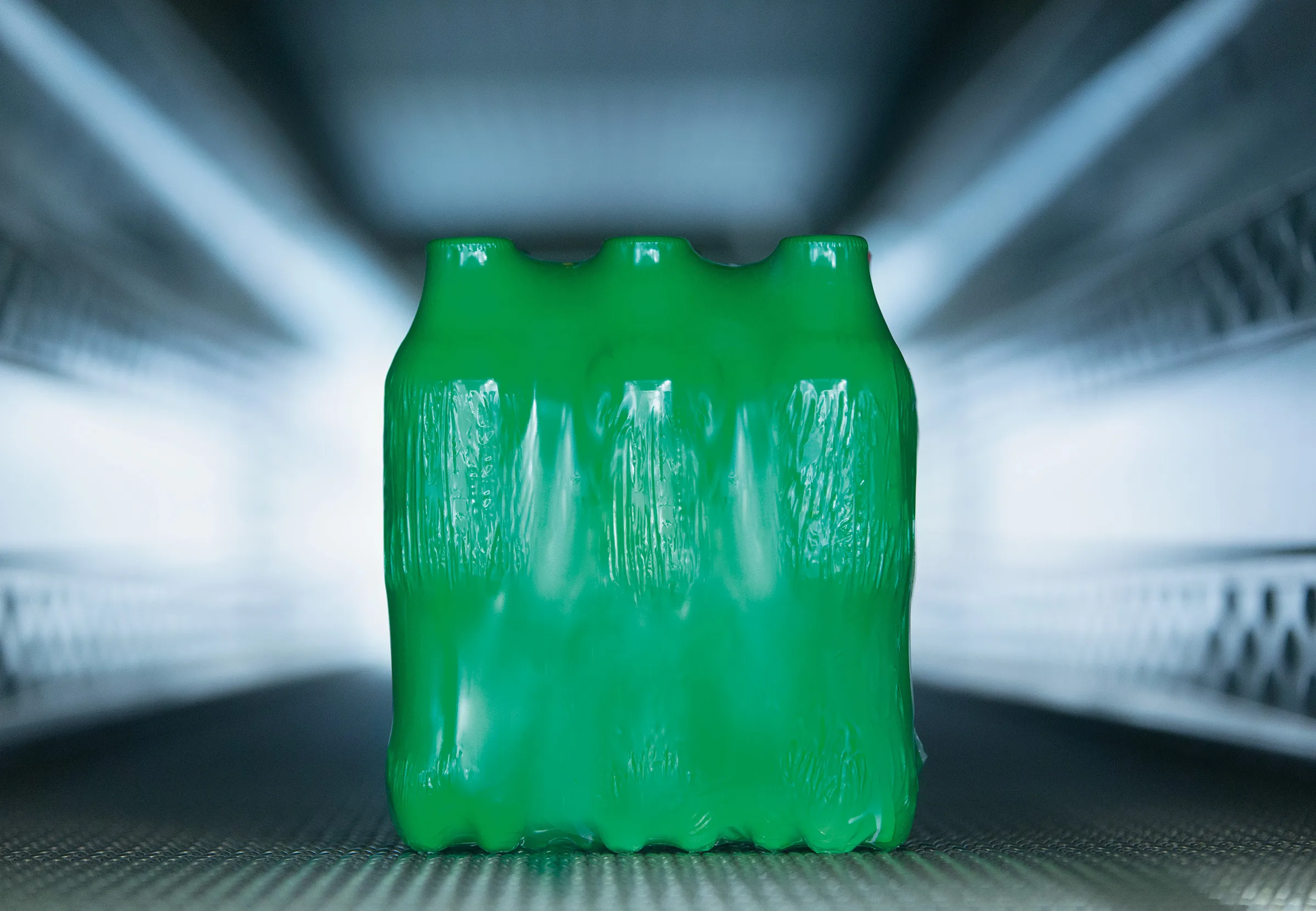
KHS packaging machines can already process film made entirely of recycled PE.
The quest continues ...
It goes without saying that all developments that improve a machine or allow sustainable packaging materials to be processed will also be provided as conversions by KHS for plant technology already installed – providing this is technically feasible.
To sum up, Karl-Heinz Klumpe reflects that owing to the many parameters that have to be taken into account it usually can’t be conclusively said which type of packaging has the least impact on our environment. It’s more a case of making various adjustments wherever possible in a huge joint attempt to reduce the ecological implications for our planet. Nevertheless, the conflict which has dominated developments thus far will continue to persist in the near future: that between the cost which sometimes prevents a good idea from also penetrating the market on the one hand and, on the other, the necessary statutory requirements, without which progress is sadly often not made.
